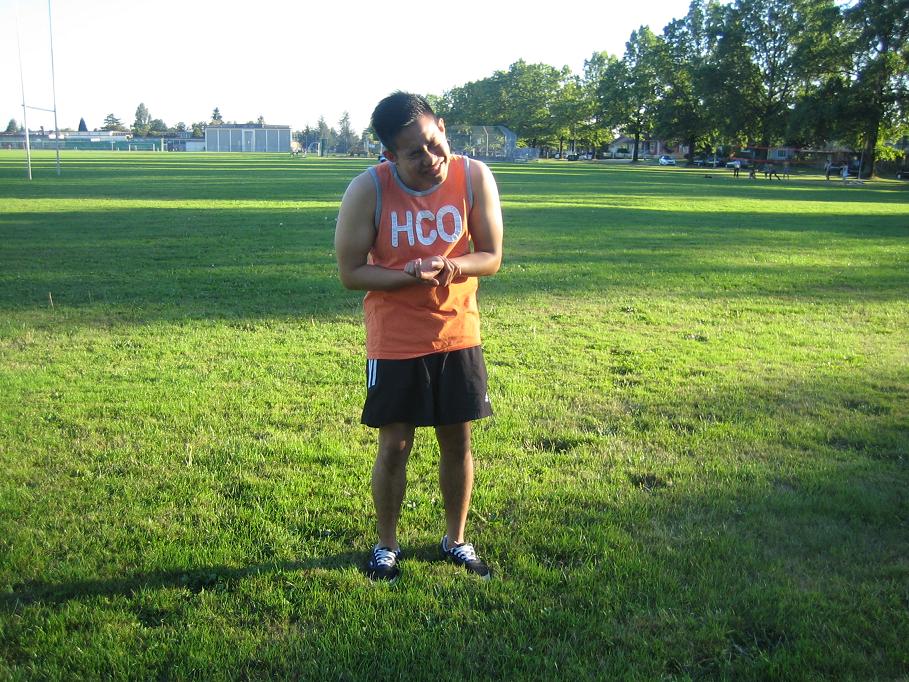Children are taught early that hand washing is a vital part of proper daily hygiene. Regular hand washing can also minimize the spread of microorganisms particularly during the flu and common cold season.
Hand washing has a number of benefits to minimize the transmission of infections. Nevertheless, many who wash their hands several times a day such as healthcare workers end up with rashes on the hands. In reality, approximately 30% of healthcare workers end up with hand rashes due to monotonous washing.
What are the indications of hand washing reactions?
Individuals who develop rashes from constant hand washing can suffer from symptoms such as the following:
- Blister formation
- Redness
- Flaking
- Cracked skin
- Chronic itchiness of the skin
- Pain
These skin changes typically occur on the back part of the hands as well as the spaces in between the fingers.
These skin changes typically occur on the back part of the hands as well as the spaces in between the fingers. The skin on the palms are relatively thicker and more resistant to irritants and allergic rashes. The hand rashes might manifest at any time of the year but quite worse during the cold, dry winter season. This is possibly due to warm or hot water which adds up to the irritant effect on the skin.
Possible causes
Among those who wash their hands several times throughout the day, the irritant effect triggers the hand rashes. In most cases, skin irritation is the culprit for the hand rashes.
Even though many blame hand rashes on the alcohol-based hand cleansers, they rarely trigger contact dermatitis. These alcohol-based cleansers can cause a stinging and burning sensation but usually due to damaged or irritated skin.
Other causes that hand washing aggravates is contact dermatitis due to chemicals present in moisturizers and soaps as well as atopic dermatitis in the feet and hands. One type of atopic dermatitis that can deteriorate with washing is dyshidrotic eczema that develops on the fingers and palms.
Management and prevention
The prevention of hand rashes due to hand washing involves reducing the irritant effects of constant washing. Even though this is difficult or even impossible for those who need to wash frequently, the solution is to increase the use of alcohol-based cleansers as an alternative.
Hand washing using water and soap is necessary if the hands are dirty and must not be utilized to disinfect the hands. Use alcohol-based cleansers if disinfection is the objective since they cause minimal irritation on the skin than the repetitive use of water and soap.
The treatment for the rashes includes aggressive moisturizing especially at the end of a work shift or before going to bed. The ointment-based moisturizers ideally work best and some are available over-the-counter, usually labelled as products for dry hands. In some cases, topical corticosteroid ointments and creams can also be used particularly if atopic dermatitis, contact dermatitis or dyshidrotic eczema is a diagnosis.
FACT CHECK
https://www.ncbi.nlm.nih.gov/books/NBK144008/
https://www.foodallergy.org/life-with-food-allergies/living-well-everyday/handwashing


